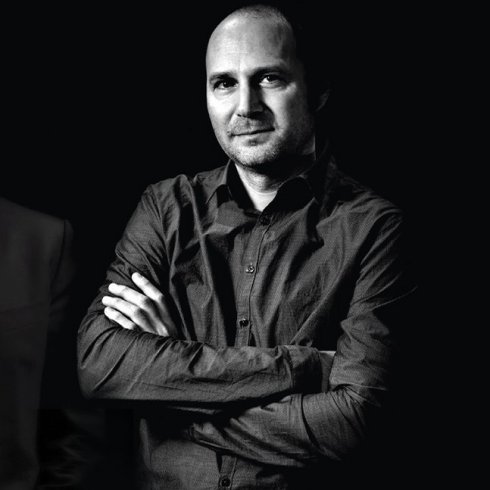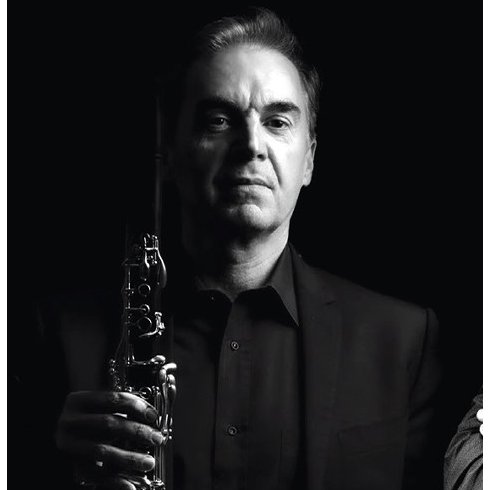
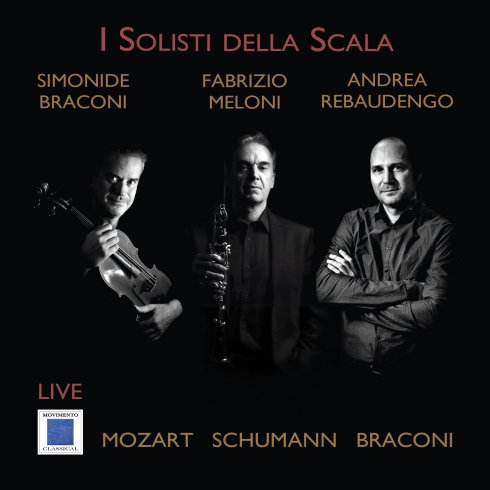
Mozart Schumann Braconi
Kegelstatt Trio, Trio dei Birilli
Legend has it that it was written during a game of skittles (bocce) in the gardens of his friends Jacquin, where Mozart was a guest during an uneasey period in his life. A sense of gratitude to generous friends, an atmosphere of veiled melancholy and of “true chamber music” pervades this piece, in which especially the first movement is a far cry it from the entertainment music that might be written during a game of skittles. Mozart finds the perfect color in this ensemble and begins the story of a very special trio:these three instruments, he joins first and he himself played.
Märchenerzählungen
On October 23, Clara Schumann and two musician friends played for the first time in front of the author of his Märchenerzählungen (Fairy Tales), a few days later another performance, with his friend Joachim on viola. These were the last happy moments of Robert Schumann's tormented life,lightheartedness was increasingly rare in those last years and gradually this mental problems because would take him for good. And this ever-pressing pressing shadow can also be heard in this splendid piece: they would like to be fairy tales that tell of fairy and magical worlds, but often the sky darknes, the discourseis interrupted to give way to unforeseen abysses . The third movement is a love duet between clarinet and viola that probably only in a mind as disturbed as the late Schumann’ s cxould reach the can reach the heights of emotion and abandonment that one can heard. The finale tries to recapture the triumphal march of the tales of chivalrly, but something limps here too, the happy ending unfortunately has to be postponed.
Estri(I)o
Composed in 2023, the piece was commissioned by the ETRT Foundation and premiered at the as a world Teatro Bonci in Cesena and subsequently at the Teatro alla Scala in Milan and in Pavia for Conservatorio Vittadini in the Aula Magna of the collegio Ghisleri. The title, with a subtle play on words, intends to unite the words trio (clarinet, viola and piano) and the word Estro, that is imagination. Indeed, the dominant feature is thath of wanting to fuse strongly classical musical form with a twentieth-century musical language, an attempt that is certainly not new, think of Stravinsky or Hindemith (whose inspiration is quite evident in this piece). The first part contrasts a dramatic beginning with a second, softer theme and is characterized by a strong expressiveness; the fugue begins without interruption, its incisive and rhythmic subject characterizing the entire movement with great virtuosity, to then conclude with a rousing final coda.

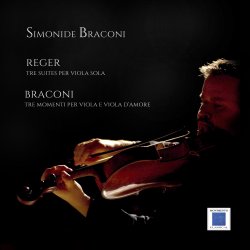
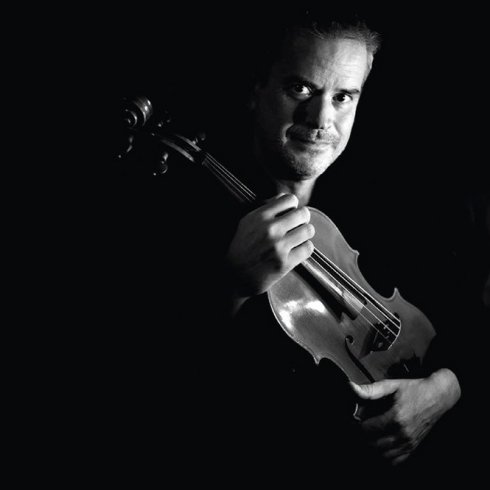
Simonide Braconi
Viola
Born in 1971, he graduated first-class honour in Rome and in Freiburg (Germany), studying respectively with Prof. S.Esposito and K.Kashkashian.
He continued his training under the guidance of renewed soloists such as Y.Bashmet (Acc.Chigiana) and B.Giuranna (Acc."W. Stauffer" in Cremona).
Winner of several competitions, prized in the 1994 Lionel Tertis Competition,he got in 1995 a special prize from the Kulturkreis der deutschen Wirtschaft in Koln.
As a soloist and chamber musician he has recorded for Vigiesse, Thymallus, Agorà, Tudor, Dad, Rhona, Stradivarius, Dynamic, Brilliant, for italian Radio3 and for the classical reviews CD Classica, Suonare news and Amadeus (Brahms sonates op. 120).
Principal viola in the Orchestre des jeunes de la Mediterranée, then member of the European Community Youth Orchestra (ECYO), in 1994 he was selected by M. Riccardo Muti as principal viola soloist at the Teatro alla Scala and for the Orchestra Filarmonica della Scala of Milan.He's also member of the orchestra of the Lucern Festival and has been invited to play in the Berliner Philarmoniker orchestra. He often performs in duo with his brother pianist.
Togheter with other section's leaders of the orchestra, he recently founded the Quartetto d' archi della Scala.
Invited as member of jury in several international competitions (Geneva).He is regularly invited as professor to hold masterclasses and concerts at important festivals (Arts Academy in Rome, Festival delle citta’ in Portogruaro, Gubbio Festival, Accademia "T. Varga" in Sion, Associazione Napolinova, Accademia Malibran, Accademia di musica in Pinerolo,Sebino summercourse).
In chamber music or as a soloist he performed with artist such as J. Rachlin, P. Vernikov, M. Quarta, S. Accardo, U. Ughi, E. Dindo,E. Pahud, Sonia Ganassi, Jose Carreras . In 2003 he performed the Kammermusik N. 5 (concert for viola) with the Orchestra Filarmonica della Scala under the conducting of M. W. Sawallisch and in 2005 the Mozart’s Sinfonia Concertante with M. Riccardo Muti and the orchestra Cherubini .
He's also soloist with viola d'amore; as a composer several works are published by Sonzogno, MAP musical editions and several premiere have been performed in the teatro Alla Scala and Philarmonie of Berlin.
He plays a “Giovanni Gagliano” viola (1800).

